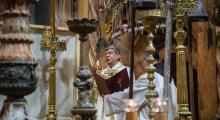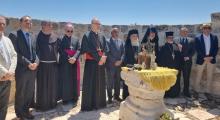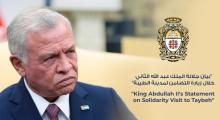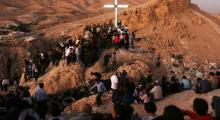Issued by the Catholic Center for Studies and Media - Jordan. Editor-in-chief Fr. Rif'at Bader - موقع أبونا abouna.org
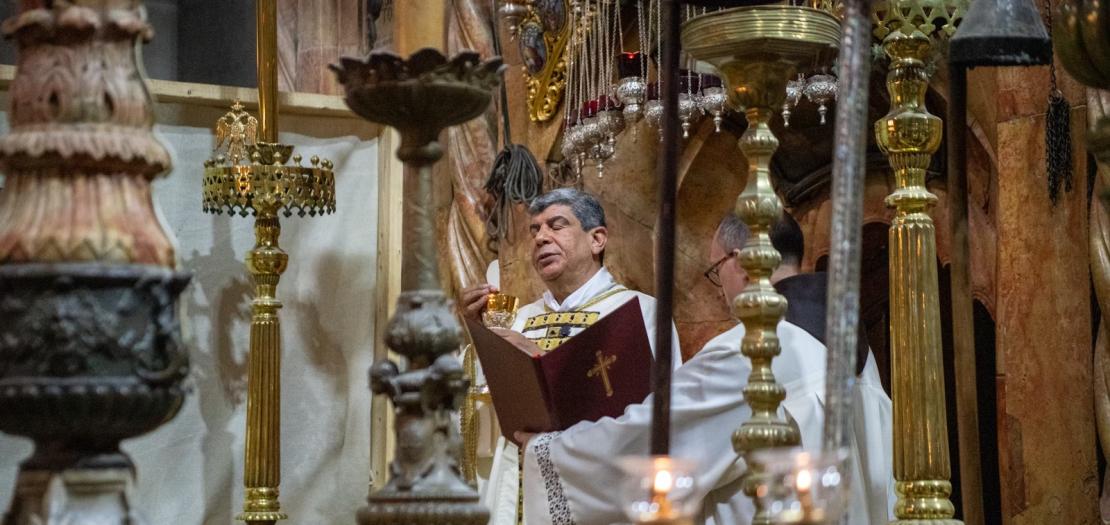
On July 15, the friars of the Custody of the Holy Land celebrated the feast of the Dedication of the Basilica of the Holy Sepulcher, in the heart of the Old City of Jerusalem. This is a central feast for Christianity, commemorating the consecration of the altar of the Basilica in 1149 by the Crusaders, but it also carries a strongly current significance today.
During the homily, delivered by br. Ibrahim Faltas, Vicar of the Custody of the Holy Land, both the spiritual and social dimensions of the celebration emerged strongly. "Today we celebrate a feast that is much more than a historical commemoration," said br. Faltas. "It is a living, current celebration that speaks to us today, here, in the heart of our Holy Land."
The Holy Sepulcher, he reminded, is not only a place of memory. It is the symbol of Christ’s resurrection and, with it, of the hope that arises even in the most difficult contexts. "This tomb is empty today. And that empty tomb cries out to the world: Christ is risen!" he said during his homily.
The present context
The homily did not ignore the complex context in which the celebration took place. In recent weeks, due to the conflict between Israel and Iran, the Holy Sepulcher had been closed. "But today we are here," emphasized br. Faltas, "and it is as if the Sepulcher itself is saying to us: I am still here. My light has not gone out. Hope has not ended."
There was also a reference to the civilian population affected by the war. "We cannot say Christ is risen and then turn our gaze away," he remarked. The reflection focused on the "run" of the population in Gaza, the West Bank, and the areas affected by the conflict: "They run to save their children, to find bread, water, medical care, searching for a safe shelter."
In this dramatic context, br. Faltas wanted to emphasize the presence of "signs of the living Gospel," such as those who help the wounded and dig through the rubble to save lives. "They are the new angels of assistance. No one called them, no one paid them. But they are there," he said, describing their actions as "a powerful reflection of the light of the Risen One."
The responsibility to witness
Br. Faltas highlighted the specific responsibility of those living in the Holy Land. "We are called more than anyone to bring this light. To live it. To bear witness to it. Not just to talk about it, but to incarnate it," he said.
He then recalled the commitment of the Franciscan Custody, which has been safeguarding the Holy Sepulcher for over eight hundred years: "We guard it with prayer, with listening, with compassion for every person who crosses this threshold seeking light."
Finally, he invited those present not to seek Christ only in religious symbols, but in "gestures of life," among the poor, the suffering, the forgiven. "The Risen One is not encountered in decorated tombs, nor in the memories of the past," he affirmed. "He is encountered in the present."
The celebration concluded with a direct appeal to the wounded reality of the Middle East. "Our question, in the wounded heart of this Land, sounds like this: 'Where is justice? Where is peace? Where is truth?'" concluded br. Faltas.




